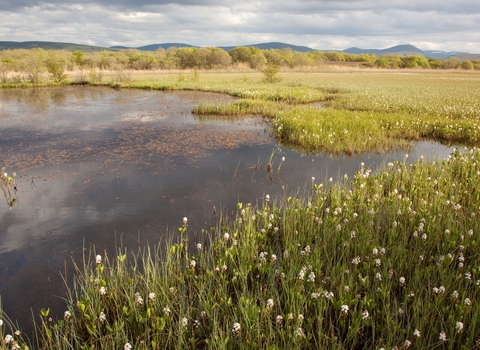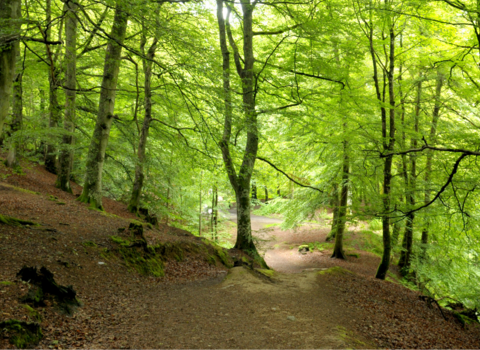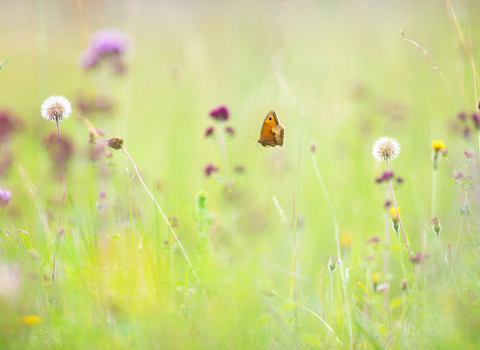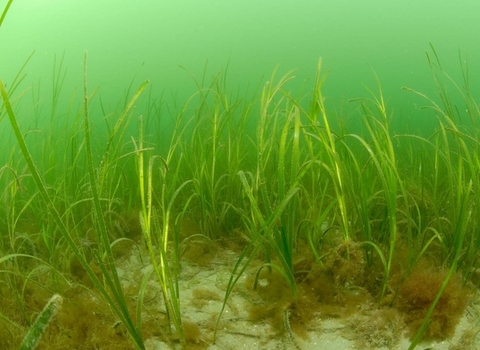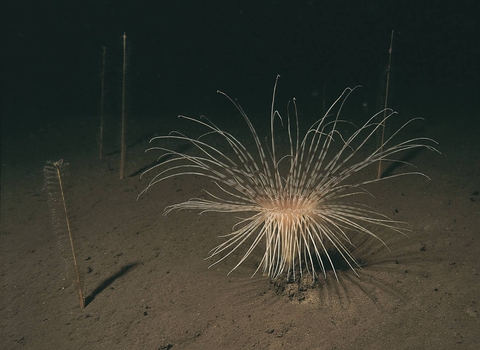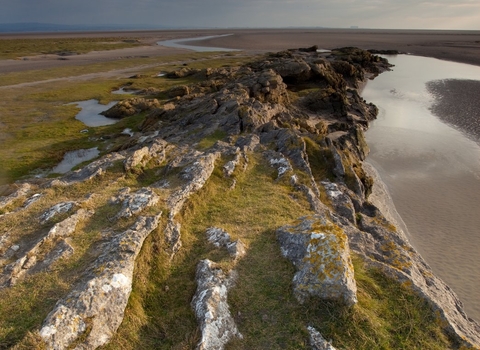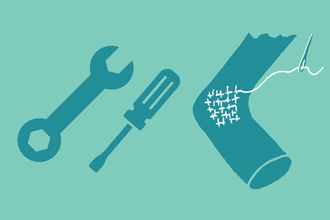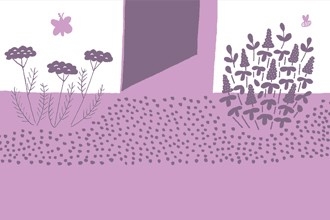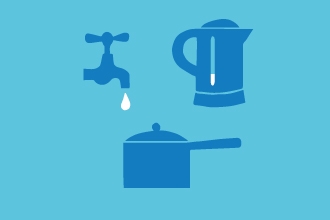Combatting the climate and nature crisis
A global emergency
We are in the middle of a climate and nature emergency, and the two are inextricably linked. Climate change is driving nature’s decline, and the loss of wildlife and wild places leaves us ill-equipped to reduce carbon emissions and adapt to climate change.
One cannot be solved without the other.
We know from experience that restoring nature can help soak up carbon emissions - known as natural solutions to climate change - but that isn't all. When healthy, our natural habitats can also help us cope with the effects of climate change: reducing the risk of flooding, preventing coastal erosion, improving people’s health and wellbeing, and maintaining healthy soils, clean water and the pollinators needed for our crops.
Nature itself is at risk from climate change, but if helped to recover, its potential to store carbon means it can help us turn the tide on the climate catastrophe.
Natural climate solutions
What are we doing to help?
We've been working on the ground to restore nature since 1962. We protect and restore important habitats that lock carbon safely away and limit the effects of climate change, including peatlands, saltmarshes, wetlands and ancient woodland.
We've also developed our own Environmental Policy to make sure that we practice what we preach and make as big a difference through our day-to-day operations as our conservation work.
Little Woolden Moss is a rare fragment on lowland raised peat bog in Greater Manchester and a former peat extraction site - Tim Prevett
Peatland restoration
We're re-wetting and replanting peatlands in Lancashire and Greater Manchester to turn them back into healthy carbon stores and homes for special wildlife. We're also pioneering wetter farming techniques to show landowners that they can help to combat climate change whilst still making a living.
Fylde Sand Dunes Project
Though not a traditional blue carbon store, Fylde's sand dunes store carbon as they age, through the plants and scrub that grow there. By extending the sand dunes towards the sea, we're also creating a vital soft sea defence for the people of Fylde, which will protect homes from the increased storms and flooding we're already seeing as a result of climate breakdown. Did we mention the dunes also provides homes for pyramidal orchids, grayling butterflies and rare sand lizards?
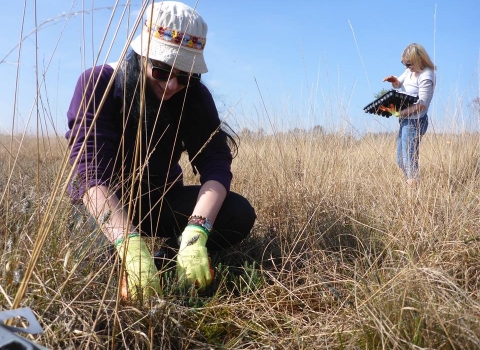
The Carbon Landscape
Our Carbon Landscape team is bringing unloved wetlands in Greater Manchester back to life; creating new habitat for rare bitterns and willow tits, and inspiring communities to care for their local green spaces through events and workshops.
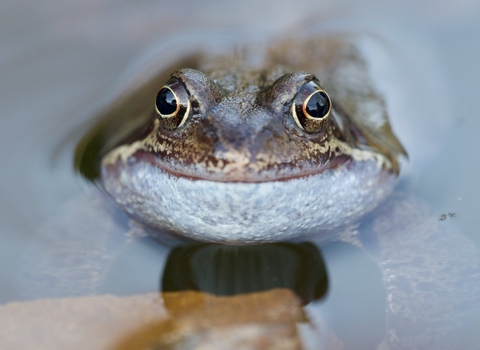
Common frog by Mark Hamblin/2020VISION
My Wild City
Our My Wild City team is leading on developing a Nature Recovery Network map and new 10-year Biodiversity Strategy and Action Plan for Manchester. We're also encouraging people to improve their local green spaces - making the city more climate resilient and wildlife-rich, and bringing wildlife into the lives of urban communities who would otherwise struggle to connect with nature.
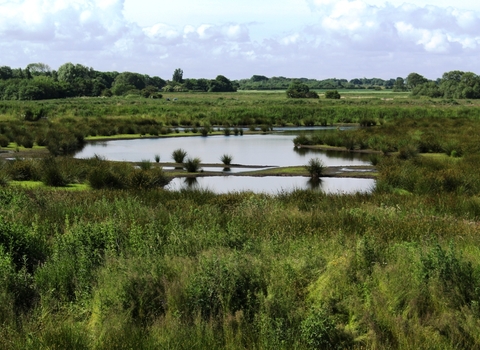
Lunt Meadows
In just 10 years we've transformed Lunt Meadows from agricultural land to a thriving wetland wonderland home to breeding marsh harriers and bitterns; dragonflies, water voles and wading birds; and wintering short-eared owls. The reserve protects local residents from one of the worst effects of climate change - flooding - and its unique history teaches people about how man has weathered climate change since Mesolithic times.
Help us take climate action where you live
What you can do to help
The climate and nature crisis is incredibly overwhelming, and it's easy to feel at a loss about what to do. Thankfully, action can begin at home, and every small change we make adds up to one huge difference for the planet.

